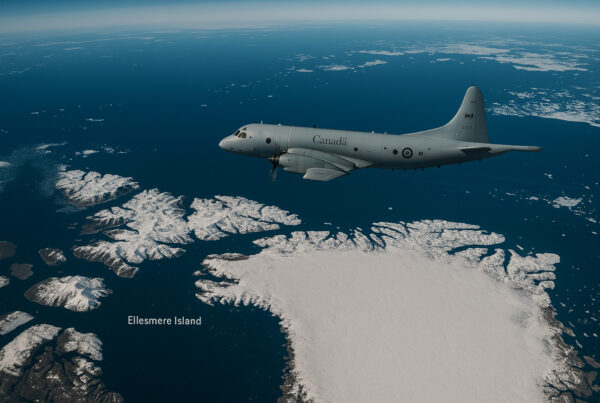The excerpt below is from an article written by Dr.Peter Pry for RealClear Defense, which originally appeared on May 30, 2019. The original article in its entirety can be read here.
The most survivable leg of the U.S. strategic nuclear Triad of bombers, land-based intercontinental ballistic missiles (ICBMs), and ballistic missile submarines (SSBNs) are the submarines. Ballistic missile submarines are the last best line of deterrence and defense to defeat surprise nuclear attack.
Today, U.S. strategic bombers and ICBMs have never been more vulnerable to a surprise attack. U.S. strategic bomber bases are reduced from 45 during the Cold War to just three today. Unlike Cold War readiness, today no U.S. strategic bombers are nuclear-armed on strip alert, ready to fly on short-warning. Even North Korea could destroy all U.S. B-52 and B-2 bombers by surprise nuclear attack on their three bases at Minot AFB (North Dakota), Whiteman AFB (Missouri), and Barksdale AFB (Louisiana).
U.S. ICBMs are reduced from about 1,000 during the Cold War armed with about 2,000 warheads, to 400 ICBMs with 400 warheads today.
Russia’s SS-18 ICBM, armed with ten warheads, or China’s DF-5 ICBM also ten warheads, could with just 50 missiles deliver 500 warheads having yield/accuracy combinations capable of a disarming surprise first strike destroying:
- All U.S. strategic command centers, like NORAD HQ at Peterson AFB and NORAD’s Alternate HQ inside Cheyenne Mountain;
- All U.S. strategic bombers;
- All U.S. ICBMs;
- Two-thirds of U.S. SSBNs (9-10 submarines) typically anchored at King’s Bay, Georgia and Bangor, Washington.
Thus, the chief U.S. deterrent against surprise nuclear attack is 4-5 U.S. SSBNs normally on patrol at sea, from a total fleet numbering 14 ballistic missile submarines (reduced from 35-45 Cold War SSBNs). Today’s 14 Ohio-class SSBNs will be replaced beginning in 2031 with a smaller new fleet numbering 12 Columbia-class SSBNs, slightly reducing submarines sustainable on daily patrol from 4-5 boats to 4 boats.
Anything that threatens the survivability of U.S. submarines on patrol at sea would fundamentally undermine U.S. nuclear deterrent credibility and could have the gravest consequences imaginable—including inviting a surprise nuclear attack.
Read the original article in its entirety here.








